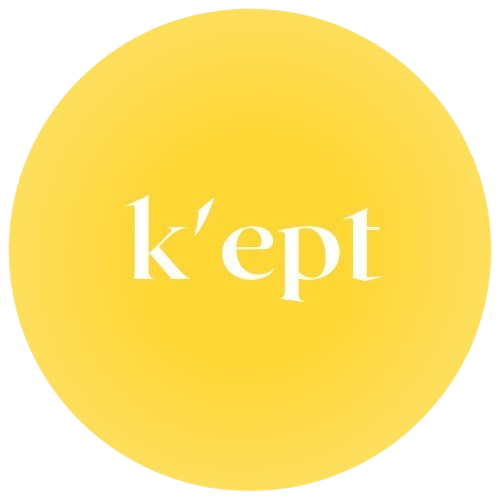Questions About Women’s Health Data Infrastructure?
From federated learning to contributor governance, this page explains how our infrastructure works, who participates, and what makes our approach distinct in the women’s health ecosystem.
FAQ’s
-
The K’ept Health Institute oversees all governance related to data access, use, equity standards, and contributor protection. Every component of the ecosystem is designed for long-term trust, ethical use, and alignment with public benefit goals.
-
Most datasets are static, study-bound, or institution-specific. The FemIndex™ is a dynamic, governed commons that integrates real-world data from across the ecosystem. It’s designed for long-term insight generation, not single-use analysis.
-
The FemIndex™ is built through a network of contributors including women’s health clinics, FemTech companies, academic researchers, community-based organizations, and individuals participating via the GetKept™ App.
-
The Exchange is our federated data-sharing framework. It enables secure collaboration without centralizing raw data. Contributors retain control while participating in a system designed for interoperability, governance, and aligned insight generation.
-
The GetKept™ App allows individuals to securely share their lived health experiences, from symptom tracking to personal narratives. It’s a core way we capture the real-world, day-to-day insights often missing from traditional data sources.
-
A data commons is a shared resource where multiple contributors provide data under a set of agreed-upon rules, typically for research or public good. While many data commons focus on academic or clinical research, the K’ept Health model is different.
We’re building a governed, real-world data infrastructure that supports long-term insight, strategic collaboration, and system-wide equity — not just study-based research. Our commons is participatory, privacy-forward, and designed to power decision-making across care, product, policy, and innovation.
-
Federated learning is a privacy-preserving approach to analyzing data across distributed sources. Instead of moving data, we send secure algorithms to participating partners. This allows insights to be generated without exposing or transferring sensitive information.
-
How do you ensure representation across populations?
Representation is built into the foundation of the FemIndex™. We prioritize diverse geographic, demographic, and clinical inputs, and apply equity benchmarks to ensure underrepresented groups are not overlooked in analysis or activation.
-
We do not collect or store personally identifiable health information. All data is de-identified, governed by strict consent protocols, and managed using privacy-preserving infrastructure. Data contributors maintain ownership and control over their information.
-
Yes, through structured, governed pathways. Commercial access is granted to aligned partners based on use case, privacy compliance, and participation in our trust framework. Data is always de-identified and governed by our standards.
-
We work with health systems, researchers, FemTech companies, and public health leaders committed to advancing equity and responsible data use. Participation includes contributing data, engaging in research, or sponsoring strategic insight work.
